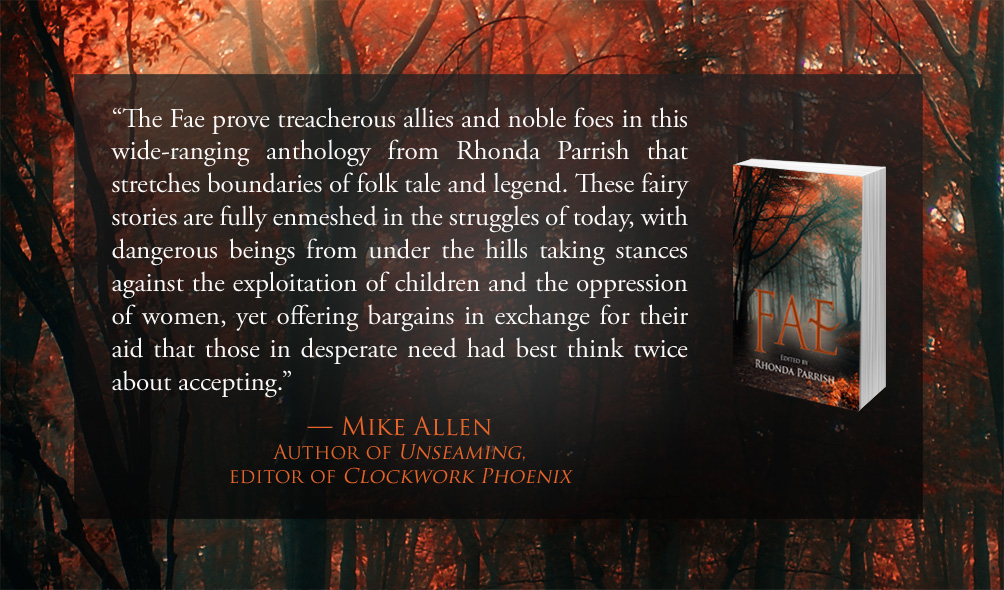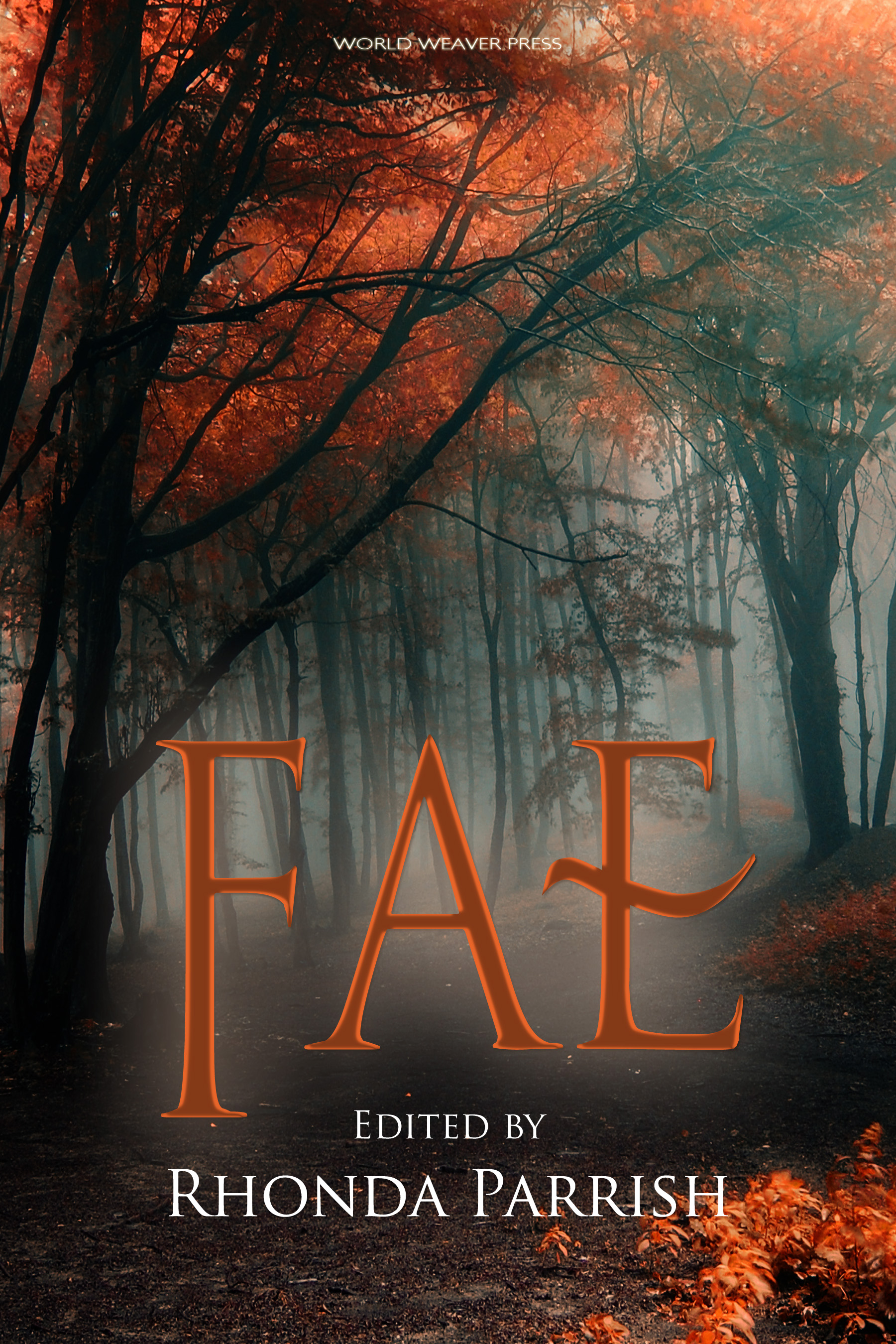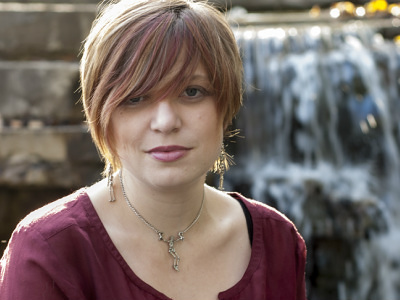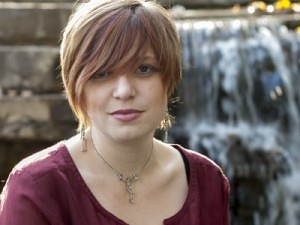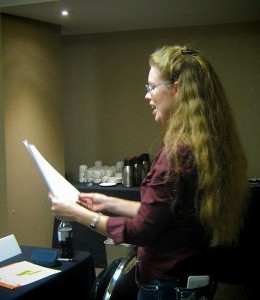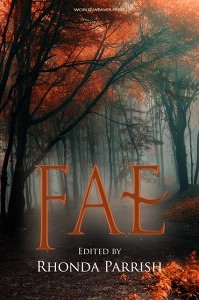
Sara’s story in Fae, Ten Ways to Self-Sabotage, Only Some of Which Relate to Fairies, was one of three from the anthology honored with a Pushcart Prize nomination from editor-in-chief Eileen Weidbrauk. Sadly, the interview with Sara I’m about to share was conducted long before the nominations were announced so I didn’t ask her about it. Next time. Next time… For now, Sara has plenty to say, and an excerpt to share for Fae-tastic Friday 🙂
Sara Puls’ Interview
What was the inspiration for your Fae story?
My inspiration for writing this story was something pretty mundane–I had a bit of an ant problem at my house. Somehow, that got me thinking about a fairy infestation…
Was this your first foray into writing fairy stories?
I have written one other fairy story of sorts–about a lady that works as a “matchmaker” for the fairy creatures, where fairies are loosely defined as “creatures that exist because we believe in them. Because we talk about them and write about them and dream about them.” That story is available here.
Can you tell us a bit about the specific type of fairy creature in your story?
Well, my story actually contains about eleven types of fairies, including pixies! selkies! dryads! and trolls! The most prominently-featured fairy, however, is a “mermaid fairy,” who contributes to a bit of friction between the two main characters.
Excerpt From Ten Ways to Self-Sabotage, Only Some of Which Relate to Fairies by Sara Puls (417 words):
5. A List
As with people, there are many types of fairies:
A. Within the water fairy family, sirens and selkies and mermaids are the most common. At least, these are the ones Elly most often finds spit out through the faucet into her tub. They’re smaller than she would have guessed. And they have green wings that remind her of kelp.
B. The air fairies consist mostly of ill-tempered Tinker Bell types. They’re always whispering about what needs fixing around the house. And they act out something fierce when Elly and Lina crawl beneath the sheets. Elly learns quickly enough that it’s straight to the basement with them.
C. Fire fairies. The untrained eye sometimes mistakes fire fairies for lizards. They get along with no one, save the air fairies.
D. The earth fairies that frequent Elly’s bungalow most often are tree nymphs and trolls. She finds the tree nymphs tending the potted plants in the kitchen. The trolls sneak into the refrigerator to eat up all the rotten vegetables.
E. House Fairies. These fairies supposedly live only to help with household chores. Elly finds such a claim more than a little suspicious. She trusts these fairies less than most. Why would they want to help someone like her? What did she ever do to deserve it? It has to be a trick.
F. There are also goblin-like fairies that speak mostly Spanish and some Portuguese. These are called Duende. Elly has considered taking up the study of Spanish in order to understand their whispers. But she hasn’t found the energy.
G. The Moon fairies appear only during a full moon.
H. The soul catcher fairies. Whenever they’re around, Elly feels like something is eating at her from the inside out.
I. As a child, Elly had heard that fruit fairies help crops grow. This, she has learned, is true. But there is a limit to how much fruit one can eat.
J. Music fairies. These are Lina’s favorite. But Elly can’t stand it when they sing.
K. Finally there are the ice fairies. They think it’s funny to freeze the water in the pipes. Despite their name, Elly has learned that they do not limit their appearance to the winter months.
Lina likes lists. She tells Elly that making lists might help her take more control of her life. Two months into their relationship, Elly has made several lists. But she still hasn’t revealed how she rids the house of the fluttering, singing, sugar-smelling fey.
Available directly from the publisher:
Or find it online:
Goodreads
Amazon
Barnes & Noble (Paperback)
Barnes & Noble (Nook)
Kobo
Books-a-Million


